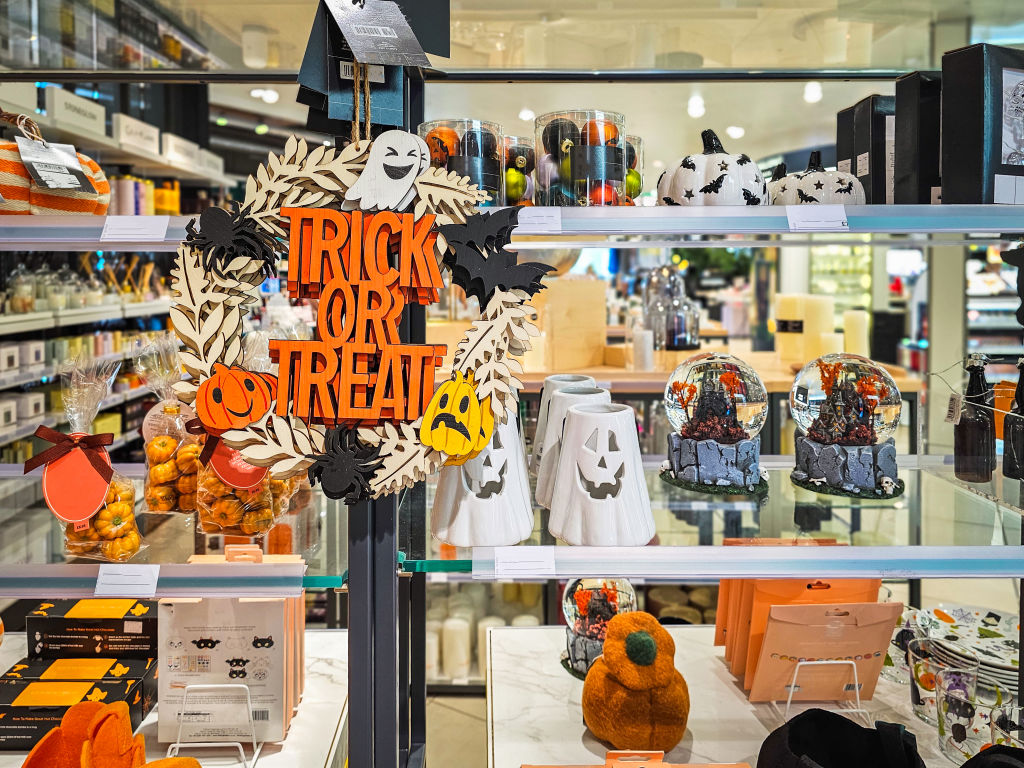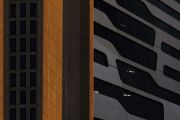
Is Halloween here to save the retail sector?
It may be dark and scary, but Halloween is set to provide a bright spot in a challenging year for Australian stores.
The public holiday, on October 31, marks the start of the “golden quarter” for retail, rolling into Black Friday on November 28, followed by Cyber Monday on December 1, then Christmas and Boxing Day.
These months have the potential to turn the bottom line around, says Trent Rigby, a retail analyst and director at strategic management consultancy RC Advisory.
Halloween spending, including costumes and decorations, has grown by 50 per cent in Australia over the past five years, to an anticipated record high of $525 million this year, according to RC Advisory data.
“From a percentage growth point of view, it’s one of the highest-growth holidays in Australia,” Rigby says. “Roughly one in four households here will take part. Even though spending is going up, it’s all against a backdrop of cost-of-living pressures. People still want to get out there and celebrate.”
It is not uncommon for Australians to buy Christmas presents in November, due to month-long price specials, and the buzz around Halloween generates a lead-in.
“About five years ago, December was the dominant month for Australian retail, but what we’ve seen over the last few years is that it has slowly morphed into the whole month of November,” Rigby says.
“It’s particularly important this year for retailers. Retail, we think, has probably hit its bottom. It won’t get much worse, but a lot of retailers and brands are really holding out for that so-called golden quarter – the October, November, December period – hoping that it will produce relatively good sales and save the year.”
Dr Amanda Spry, senior lecturer of marketing at RMIT University’s School of Economics, Finance and Marketing, says Halloween is a way for retailers to test merchandising, visual displays and community events ahead of the all-important Christmas trade.
“Halloween has also become the gateway to Christmas creep, which is the strategic extension of the holiday retail season, meaning people are buying earlier and earlier in the year,” she says. “It effectively warms up consumer sentiment and refreshes their attention and engagement after winter, extending the window for celebration and spending from late October right through December.”
Rigby says there is room for the event to get even bigger in Australia, giving retailers future scope to capitalise.
“Participation in Halloween in the US is around 70 to 75 per cent compared to Australia, which is about 25 per cent,” he says. “Even though it sounds quite high, I think there’s still quite a large opportunity for it to continue to grow.”
With so many Aussies embracing the spooky season, a Halloween-themed window and store display is a must. “Halloween is a really good opportunity to increase engagement and generally, engagement equals growth or revenue,” Rigby says. “That’s what we are seeing from a bricks and mortar point of view.”
Spry says Halloween is less about tradition and more about participation and experiential marketing for Aussie businesses, and it started with some of the most recognisable and affordable stores.
“Supermarkets and discount chains, for example The Reject Shop, normalised Halloween through visual merchandising and low-cost entry points – decorations, costumes and themed confectionery – which in turn creates familiarity with, and celebration, of the holiday,” she says.
“Retailers that treat it as a moment to express creativity and brand personality, rather than a purely sales push, tend to get stronger traction and social engagement.”
Stores that participate in Halloween marketing show their customers they are culturally aware and want to join them in having fun.
“It’s an opportunity to tap into playful, community-oriented engagement that bridges family, youth and pop culture audiences,” Spry says. “This is something online retail can’t easily replicate.”
Rigby says international retailers take the Halloween theme “to the next level”, placing the bar high for Aussie stores. He recently returned from Dubai, where colossal global toy chain Hamleys draped its entire ceiling in cobwebs. The London-based chain, credited as the oldest toy retailer in the world, staged mask-making and pumpkin-decorating workshops.
“I was blown away by some of the activations they had in store for Halloween,” Rigby says. “They’re not just selling stuff; they have an amazing store environment.”










